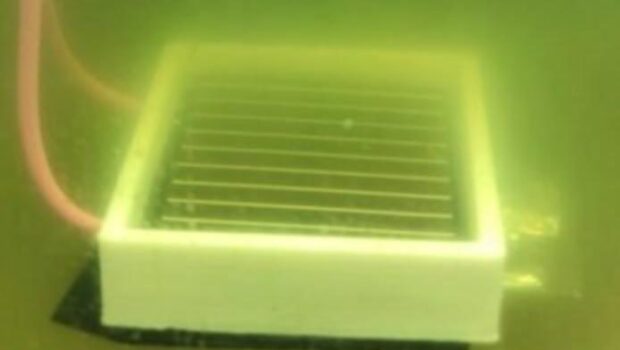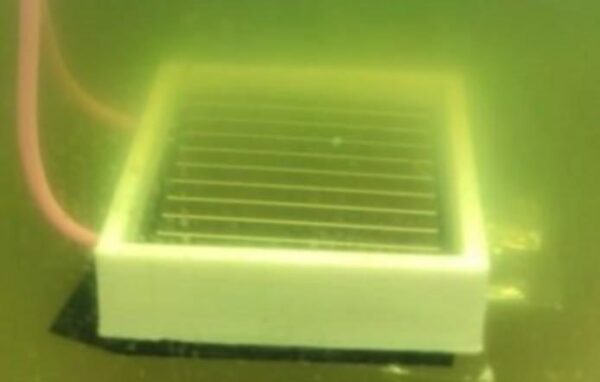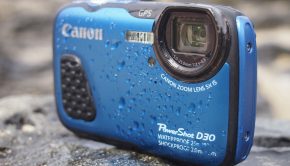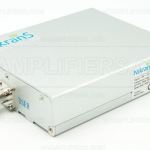Solar Cells for Underwater Wireless Communication
The green revolution influences renewable energy advancements. As more countries establish sustainability goals, engineers focus on improving solar panel functions. Researchers identified solar power’s use in underwater communication for remotely operated vehicles (ROVs).
Radio waves inefficiently travel through water, creating marine communication barriers. Conventional laser transmission technologies experience limitations from photodiode alignment precision. Solar cells act as solutions by scattering light in expansive regions.
Who Uses Optical Communication?
Before exploring the technology behind solar-based optical communication, individuals can assess its uses in the field. Recreational and commercial scuba divers rely on underwater communication and tracking systems to enhance their safety. Researchers at the Divers Alert Network (DAN) record over 1,000 injuries amongst divers each year.
Submarine operators also rely on optical communication for underwater safety. Many coastal countries have marine military sectors, protecting citizens from foreign attacks. Modern submarines rely on fiber optic cables to facilitate underwater communication.
Natural disasters like earthquakes can damage the cables and minimize communication abilities. Fishing activities may also cause significant damage to fiber optic technologies. Another limitation of cable-based marine communication is high installation and operation costs.
More coral reef specialists rely on underwater communication during restoration projects as environmental conservation movements expand. Researchers can relay their reef findings to shore using efficient communication technologies. Divers, submarine passengers and marine conservationists may utilize solar cells to improve underwater wireless communication.
How Does Solar Technology Work?
Environmental engineers developed efficient optic communication technology using solar panels. The system relies on optimized solar cells, which transform light into electrical signals. Solar cells efficiently transmit wireless communication systems from various angles and distances.
Solar technology is more compatible with underwater communication than radio or acoustic waves. Using light to transmit signals increases the speed of communication. It also minimizes operation costs because solar cells produce affordable power supplies.
Engineers continue optimizing the technology and minimizing operation challenges. One roadblock developers ran into was high power demands. High-speed linking using silicon cells requires significant quantities of computing power.
Researchers conducted underwater testing to calculate solar cell communications’ general efficiency.
Underwater Testing
Testing professionals placed a solar array in a controlled water tank, creating a synthetic 35-meter channel. Researchers used a frequency domain equalizer to achieve a 150 megabits per second (Mbps) data rate. They also explored the effect of mirrors on path length extensions.
Researchers discovered 3×3 solar arrays could increase bandwidth communication abilities from 4.4 megahertz (MHz) to 24.2 MHz. The high efficiency and cost-effectiveness of solar cells can improve underwater communications. Marine scientists are exploring the effects of solar cell underwater wireless communication on conservation efforts.
How Can Renewables Improve Marine Conservation?
Applying solar technology to aquatic environments can effectively preserve habitats. In developed nations like the U.S., nearly 260 billion kilowatt-hours (kWh) of electricity comes from hydropower. When dams break, debris and mechanical parts pollute marine ecosystems.
Maintenance professionals can protect aquatic species and renewable energy plants by preventing catastrophic damage. They may use solar cell communication systems to autonomously detect dam deficiencies. Connecting underwater drones to the wireless communication technology helps individuals conduct repairs safely above water.
Coral restoration professionals can also use solar cell communication systems to preserve marine habitats. Ocean warming and other forms of ecological degradation contributed to nearly 50% of global coral death. Divers restore coral by planting nurseries and developing threat-resistant features.
Individuals may use efficient underwater communication systems to monitor and record coral growth data. Using solar cells to enhance marine conservation efforts also creates more green jobs. The technology supports conservation divers and solar panel manufacturing professionals.
Additional Solar-Based Marine Technologies
The green revolution is influencing a new field of marine engineering. Energy professionals are also developing panel advancements to produce solar power while preserving aquatic environments. Floating solar panels have high-efficiency rates and minimize algal blooms, which destroy marine ecosystems.
Aquaculture farmers are also using solar panel technologies to minimize ecological disruption. Using solar power, they can eliminate emissions and surface-level pollution from aerators and water pumps. Over time, more marine industries will implement renewables into their general practices.













